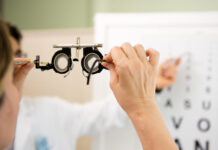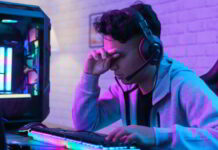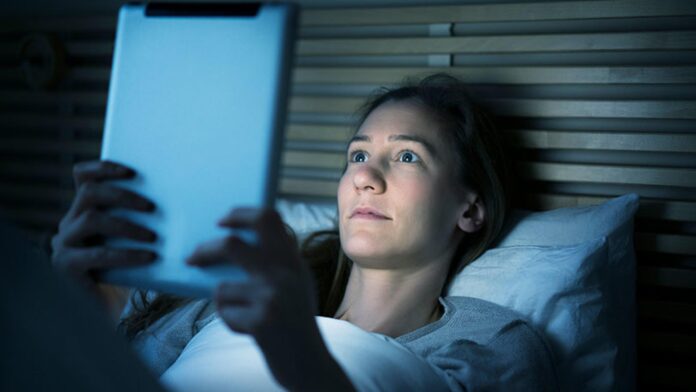
How often do you check your smartphone in a day? My guess is a lot. You’re not alone. A study done in the UK revealed that the average person checks their phone every 12 minutes. It also showed that 40%-66% of adults check their phone within the first 5 minutes after waking up while 37%-60% check theirs 5 minutes before they go to sleep. That’s not all; another study found out that on average, people spend 1700 hours a year on their computer screen! Even when we’re winding down from a whole day of work, Netflix is the go-to. Digital devices have literally taken over our lives!
Unfortunately, we can’t live without them and this comes at a price. Our eyes are paying the steep price of us spending almost every waking moment staring at digital screens. Blue light is wreaking havoc on not only our eyes but on our general health as well.
What is Blue Light?
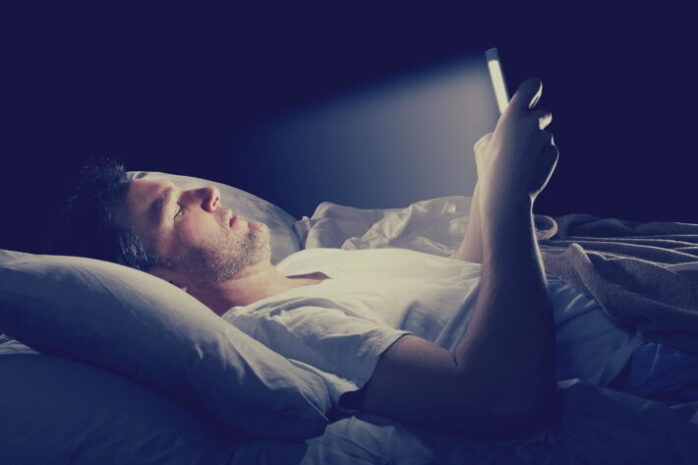
The sun gives off a spectrum of visible light that consists of red, orange, yellow, green, blue, indigo, and violet light that combine to form white light. Each of these rays has a different wavelength and energy content. On the red end, the wavelengths are longer with low energy while on the blue end the wavelengths are much shorter with high energy content.
As mentioned earlier, apart from the sun, digital devices such as smartphones, tablets, laptops, computers, LED television screens, and LED fluorescent lighting also give off blue light. Because of its high energy content, blue light can do a lot of damage to your eyes.
How is Blue Light Bad for Your Eyes?
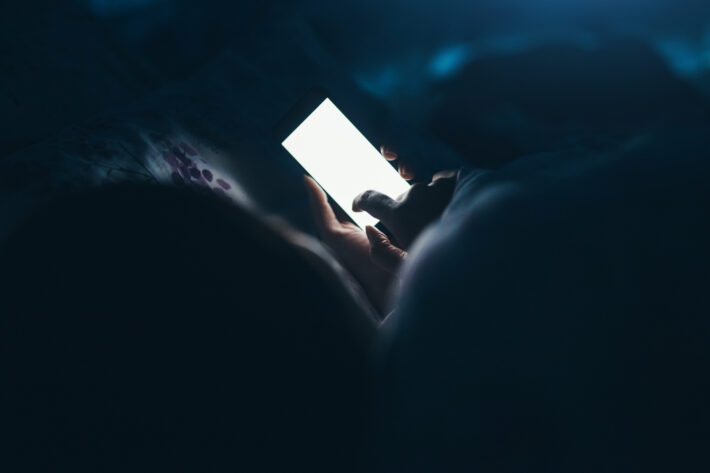
The amount of blue light produced by digital devices is only a fraction of what the sun produces yet it’s more harmful. This is because people typically spend a lot of time in front of screens at very close proximity day in, day out. This constant exposure to blue light leads to a condition known as digital eye strain. Its symptoms include red, sore, dry and tired eyes, blurred vision, headaches, neck pains, and shoulder pains. It’s the most common side effect and you may have experienced it too.
Blue light can penetrate right to the retina where photosensitive cells are found. Overexposure to blue light leads to the death of these cells which causes an age-related disease known as macular degeneration. The tragedy of it all is that once dead, these cells cannot regenerate. Since they are responsible for clarity of vision and the transmission of images to the brain, the result is that the patient will either experience blurry vision or go completely blind.
How Can You Protect Your Eyes from Damage by Smart Gadgets?
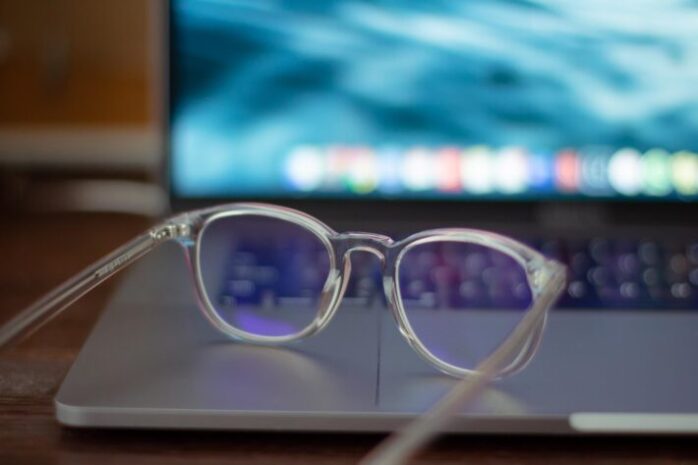
There are several steps you can take to ensure your eyes are protected and healthy:
Get a Blue Light Filter
Blue light filters can be in the form of screen protectors, protective eyewear, and software filters. You can choose any of the three depending on your preferences and needs.
- Screen Protectors- These are physical blue light filters that are fitted in computer, tablet, and smartphone screens. They block all or partial blue light coming from the screen and prevent it from reaching the retina. They may also contain an anti-glare coating to reduce the glare of the display, a contributing factor to developing digital eye strain. Apart from protecting your eyes, a screen protector will save your smartphone screen from cracks and scratches since it’s made from tempered glass.
Click here to know more about Ocushield’s screen protector.
- Blue Light Filter Glasses- These are yellow-tinted lenses that block blue light from reaching your eyes. They are coated with a special filtering material that can be put on both prescription and non-prescription glasses. While screen protectors block blue light from the display of your smartphone, they cannot protect you from the blue light from LED fluorescent bulbs. Blue light filter glasses, on the other hand, can do this very well.
- Software Filters-These are applications designed to filter the blue light on display screens of computers and phones. Examples include Night Shift for Apple devices and Night Light for Android devices. They leave the screen with a yellow tinge that distorts colours and reduces the quality of images and texts. Software filters are, therefore, not suitable if you’re doing work like design that requires the correct display of colours.
Observe Proper Distance from the Screen
Avoid sitting too close to your screen. Sit at least 25 inches or an arm’s length from the screen to ease eye strain from direct blue light exposure.
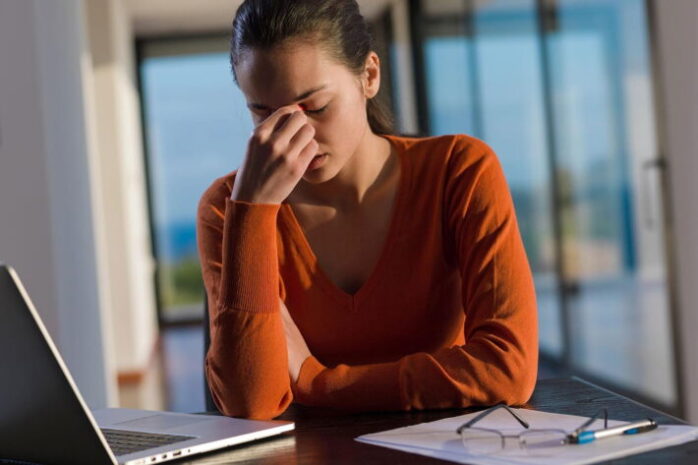
Adjust the Brightness of Your devices
When there’s a big difference between the brightness of your display and the brightness of your surroundings, then you are more likely to suffer from digital eye strain. The brightness of your display should match the lighting in the room. If the room is bright, increase the brightness of your display, and if the lights of the room are dim, lower the brightness of your display. An effective way you can do this is by holding up a plain white paper to the light and adjusting your display brightness to match the paper as close as you possibly can.
The same also goes for LED lighting. If your lighting can be adjusted, you should change it according to how bright your screen is.
Put the 20-20-20 Rule to Good Use
Staring at a screen for too long without blinking causes eye strain and dry eyes. Every 20 minutes, make a point of looking at an object 20 feet away for about 20 seconds. It helps in easing the eyes. Eye drops can also help to keep your eyes from drying.
Take a Break
Sitting in front of your computer the whole day puts your eyes under a lot of strain. Take a break every hour for about 10 minutes to minimize blue light exposure. Stretch your limbs, neck, and shoulder muscles while at it.
Your eyes are precious and you should take steps to protect them from blue light damage.

